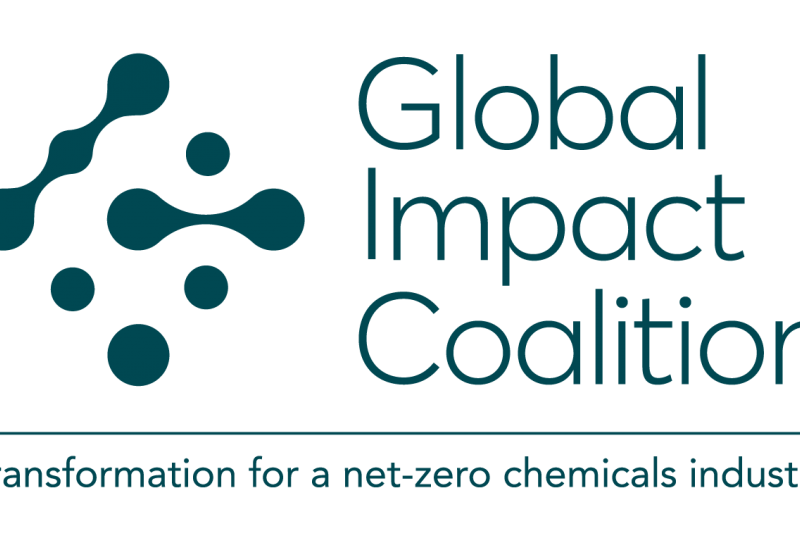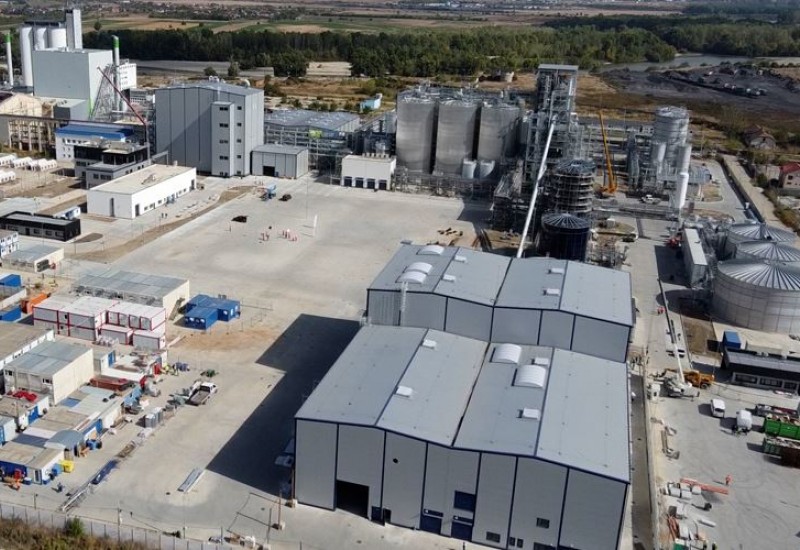Feature article - HSE in the chemical industry: Simple, comprehensive & perfectly integrated
Chris van den Belt, product management team leader at IFS Ultimo, shows how health, safety and environmental management can be integrated into an EAM system
The management of tasks related to health protection, occupational safety and environmental management (HSE) is extremely important but also enormously complex. In the oil, gas, petrochemical and general chemical industries, many substances are stored and processed that can be explosive, flammable, toxic, harmful to the environment or otherwise hazardous.
Complicating matters further is the fact that the corresponding storage facilities often need to be managed and maintained in conjunction with multiple connected facilities. On one hand, maintenance activities are of crucial importance for risk control. At the same time, however, they expose the workers assigned to them to hazards and cause further risks if they are not carried out properly. It is therefore essential to comply with applicable HSE regulations, such as the EU’s Seveso III Directive. Many companies have implemented standards that go beyond the minimum legal requirements to prevent accidents from occurring, thus avoiding economic consequences such as repair, clean-up and compensation costs, not to mention lost productivity, fines and reputational damage.
This is where enterprise asset management (EAM) systems come into play. They help to make complexity manageable and maintain an overview. Instead of separate systems for information around a facility’s assets, for maintenance tasks and for related HSE processes, a cloud-based EAM platform brings all data and information together in one place. HSE and asset management are fully integrated and linked. In this way, the status of all assets can be displayed and monitored in real-time. Digitising and integrating processes help to avoid duplication, reduce effort and increase efficiency. The result is a clear picture of the condition of the asset.
Work permits & LOTO
It is crucial that leading EAM systems define processes and procedural instructions for occupational health and safety, and also ensure their implementation, for example, by allowing certain maintenance activities to be performed only if required safety measures have been taken in advance. This ensures automatic and verifiable compliance. Such work permits are the basis of the step-by-step functionality for HSE in IFS Ultimo’s software.
This means that the work permit for a specific maintenance job, such as replacing a defective valve on a tank, is not issued until the conditions for safe performance are met. A joint decision is made to determine which safety measures are required for this and who must take them.
Digital management begins with the receipt of a request for the work order. The responsible employees then prepare the work permit and digitally validate it at each stage to confirm its issuance, renewal if necessary, and finally completion. All details about this, including the risk assessment of a maintenance task and the conditions for lockout and tagout (LOTO) can be viewed and understood at any time.
The IFS Ultimo EAM system's LOTO module prevents equipment from starting unexpectedly during maintenance. For this purpose, equipment sections or processes are blocked and isolated. Corresponding tags make it possible to clearly trace who installed the locks. Only this person can then remove the tags and unlock the corresponding assets. Before issuing a work permit, the responsible people determine which and how many barriers are necessary at which positions of the equipment.
The EAM system can also assist with this if reference is made to digital equipment plans and piping and instrumentation diagrams. This work permit process ensures that the logs and tags are not removed until the work is complete.
Actively adapt processes
While some maintenance activities are routine, others require changes to the plant equipment or an adjustment of existing processes; for example, when a new type of valve is used, or new materials need to be stocked. IFS Ultimo has its own management of change (MoC) module for this purpose, which can be used to introduce these changes with the help of processes. Triggered by a corresponding request, changes are managed from the earliest planning phase to completion.
Like all IFS Ultimo HSE software modules, MoC establishes a structured process supported by checklists. A validation process accompanies the implementation and ensures compliance with the process. The module also helps users to identify and consider potential consequences of the change in advance, thus further reducing risks. Furthermore, it supports the efficient integration of changes into the existing workflow as well as the processing and management of maintenance tasks.
After completion of all changes recorded in the MoC process, a review and evaluation of the results is performed. Thus, the MoC module not only ensures safety, but also saves an enormous amount of time and effort compared to conventional paper-based processes. All relevant information, documents and communication logs are stored in one place. In addition, actions such as assessments, signatures for approval and other actions can take place simultaneously.
Managing incidents
If, despite all precautions, an incident occurs around a piece of equipment, the EAM system can play a key role in reporting and management. For this purpose, IFS Ultimo has the HSE Incidents Module. It immediately notifies the responsible safety officers about incidents or near misses and initiates an appropriate process. The goal is to learn as much as possible from past incidents to reduce the number and impact of further incidents.
To this end, the safety officer first ensures that the incident is fully recorded, processed and correctly registered. The EAM software supports them with the information already available in the system, thus reducing the number of steps required to a minimum. Relevant details can be captured quickly and easily, and the corresponding incident log can be e-mailed directly and made available to additional authorised personnel. The safety measures already taken are also documented.
After an initial risk assessment, the safety officer decides whether further investigation is required. The process assists in investigating the consequences of an incident and identifying the immediate causes as well as the root causes.
By linking information about assets and their maintenance history with risk assessments and records of previous incidents, near misses and problem areas, the software enables comprehensive trend and root cause analysis Based on the results, new safety measures can be defined and implemented, and follow-up work can be planned. As the process continues, these measures are then also evaluated, and any residual risks are identified before the measures are approved and implemented as a permanent safety solution.
A simple example of how the IFS Ultimo HSE Incidents Module interacts with other modules is a sudden leak in a tank valve. After immediate safety measures are taken to minimise the impact, an incident report may recommend repairs or equivalent replacement of the valve. Alternatively, the analysis may reveal that a different type of valve may be needed to prevent future incidents. This would initiate the MoC process, which in turn would result in a risk assessment and LOTO process before a work permit can be issued to install the new valve.
Summary
Using an EAM system can give maintenance managers a clear and accurate view of their assets’ safety processes and thus prevent unsafe practices. This contributes to better control of assets and their management and ensures that key HSE processes are always followed.
Contact:
Kris Sage
Sales Director UK & Ireland
+44 161 615 36 85
www.ultimo.com















